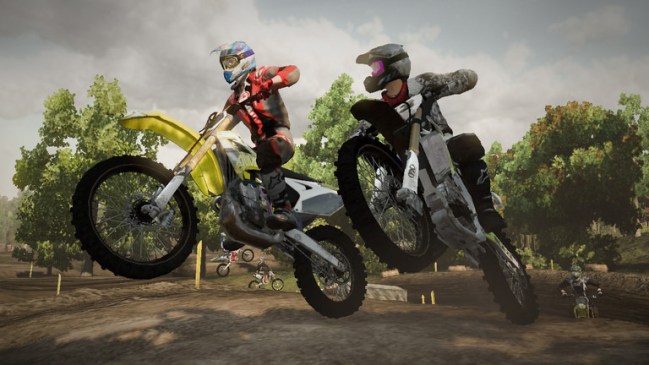
As any gamer knows, a new game generally cost $60. It’s just an industry standard, and it includes all types of games, from those with deep, drawn-out gameplay to titles with only about five hours worth of entertainment value. But all that might change if THQ‘s new pricing strategy catches on.
According to THQ CEO Brian Farrell, who recently spoke with Forbes, “there will be a wide range of price points for games in the future.” The prices of future games will greatly depend upon “the type and depth of the content delivered.”
The depth factor, says Farrell, will be dependent upon how much of a game each player wants to play. Gamers who want more of a certain title will be able to access downloadable content — like map packs, guns, vehicles or any other of the wide variety of available digital content — which will add to the game. Those who are happy with what comes loaded in the basic game, which will cost less than the current $60 price, can stick with that.
“If we deliver an experience that the gamer values and wants more of, we build on that with digitally delivered downloadable content, which has the effect of increasing the average revenue per user, or ARPU,” said Farrell.
THQ is launching this pricing experiment with the release of MX vs. ATV Alive, which will retail for just $39.99. The lower price, Farrell explains, is set to “drive the installed base of users, and then digitally delivering over 100 pieces of downloadable content and an in-game store for micro-transactions, allowing the gamer to customize their experience and pay for the modes that they want to play.”
Farrell also says that, while the industry is not there yet, game publishers will eventually begin to allow users to download games straight to their console. He says that large file sizes and long download times are currently “cost and convenience prohibitive.” Ultimately, however, the industry must “do what our customers – gamers – demand.”
Despite the lower cost of delivering games digitally, Farrell implies that the change to distribution won’t affect the price of games, because THQ evaluates “the appropriate price for the games we are delivering, whether digitally or through traditional retail, based on the type and depth of the content.”
THQ’s lower price point experiment begins with the release of MX vs. ATV Alive on May 10. Whether or not other publishers will follow their model most likely depends on how much money the new pricing model generates.
The main problem we can see here is that publishers will lower the price, but also leave a lot out of a game that they would normally include. All that content will then be available as an optional download. But to get all the possible downloadable content, along with the game’s initial price, will end up costing significantly more than the $60 a hardcore user would have spent with the current pricing model. Farrell admits exactly this above, saying that the “average revenue per user” will increase.
In other worlds, users who are content with a bare-bones game will spend less. But those who would ordinarily want to play the game the most will end up shelling out more, in the end.
Read the full interview with THQ CEO Brian Farrell at Forbes.com here.


